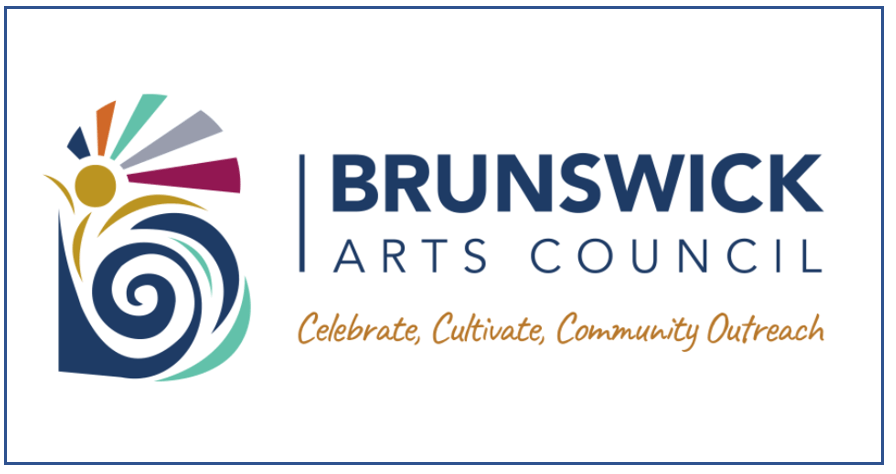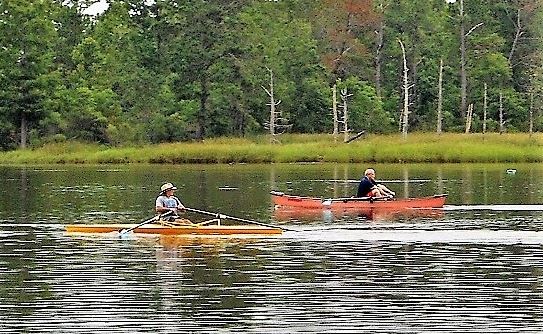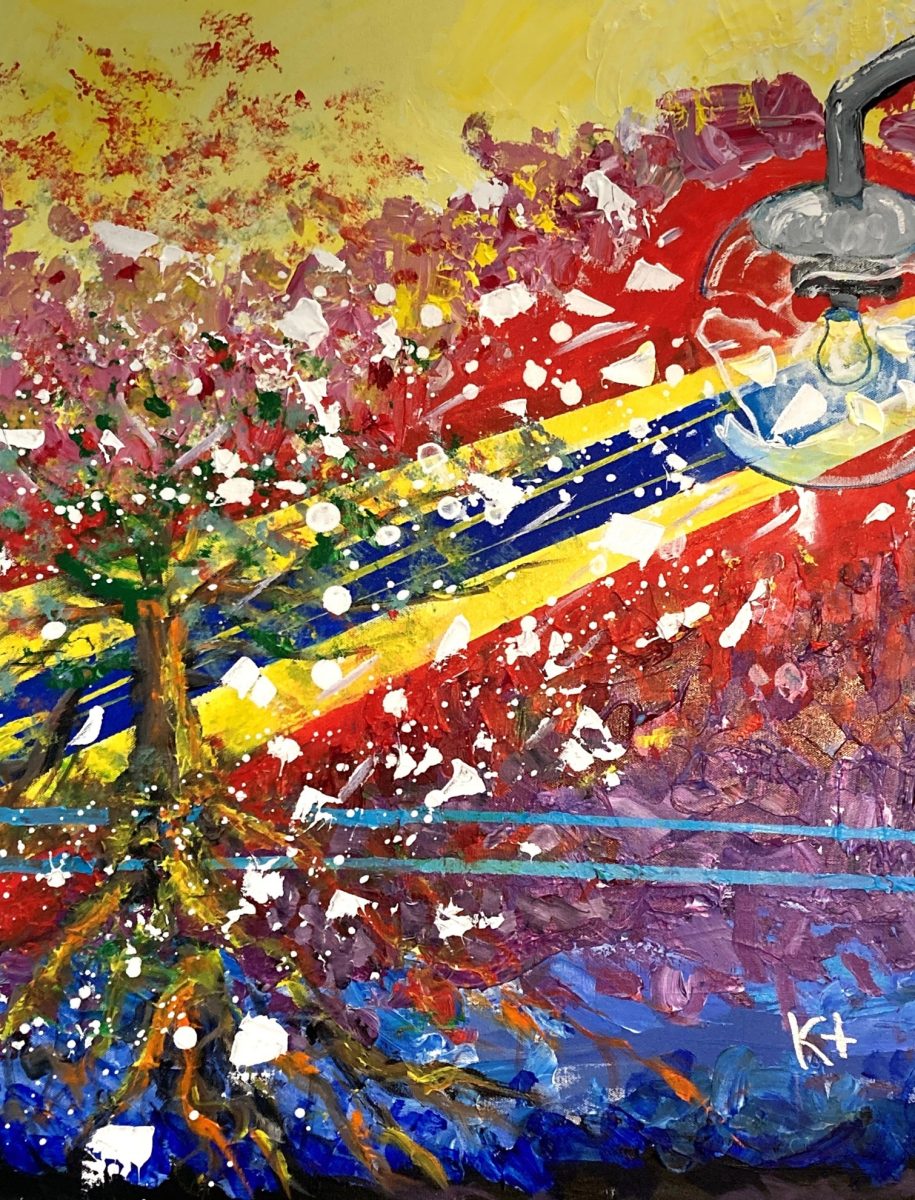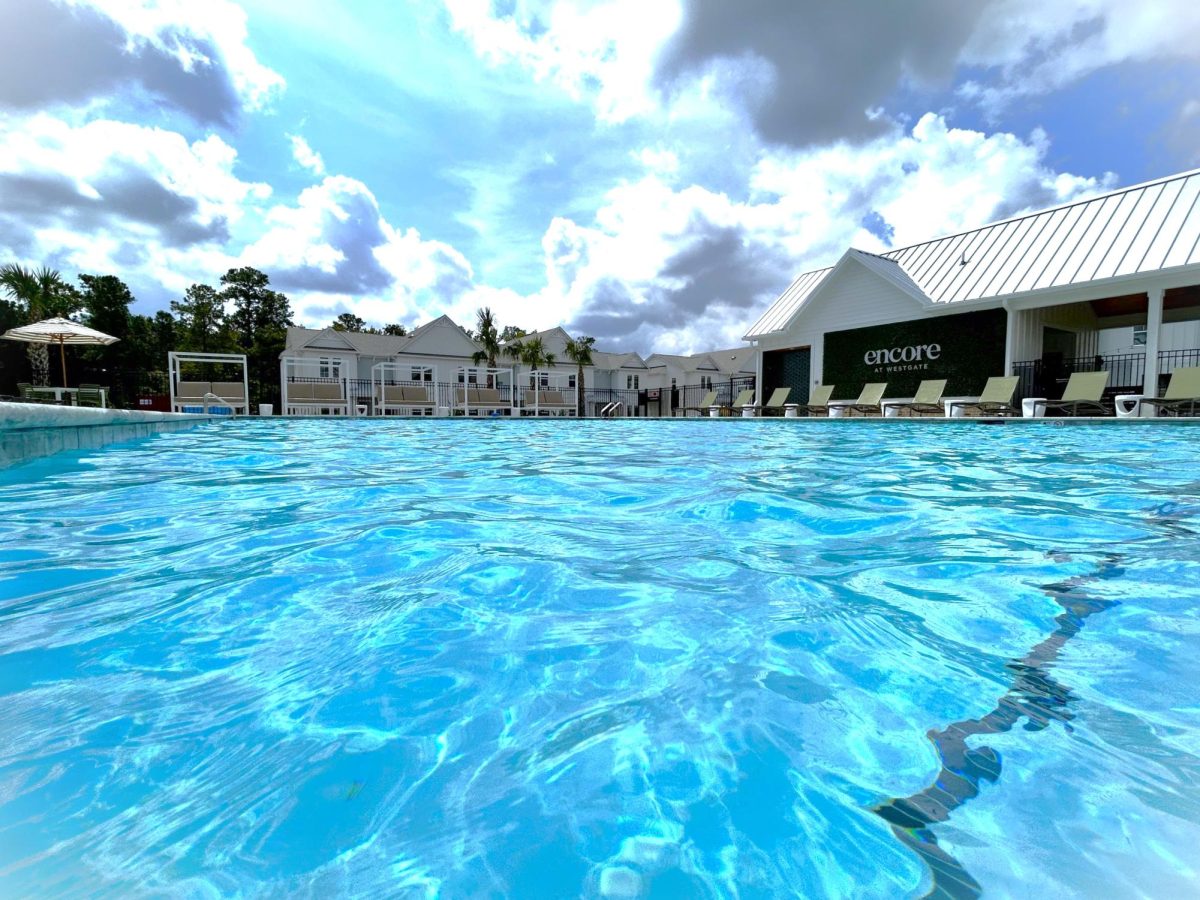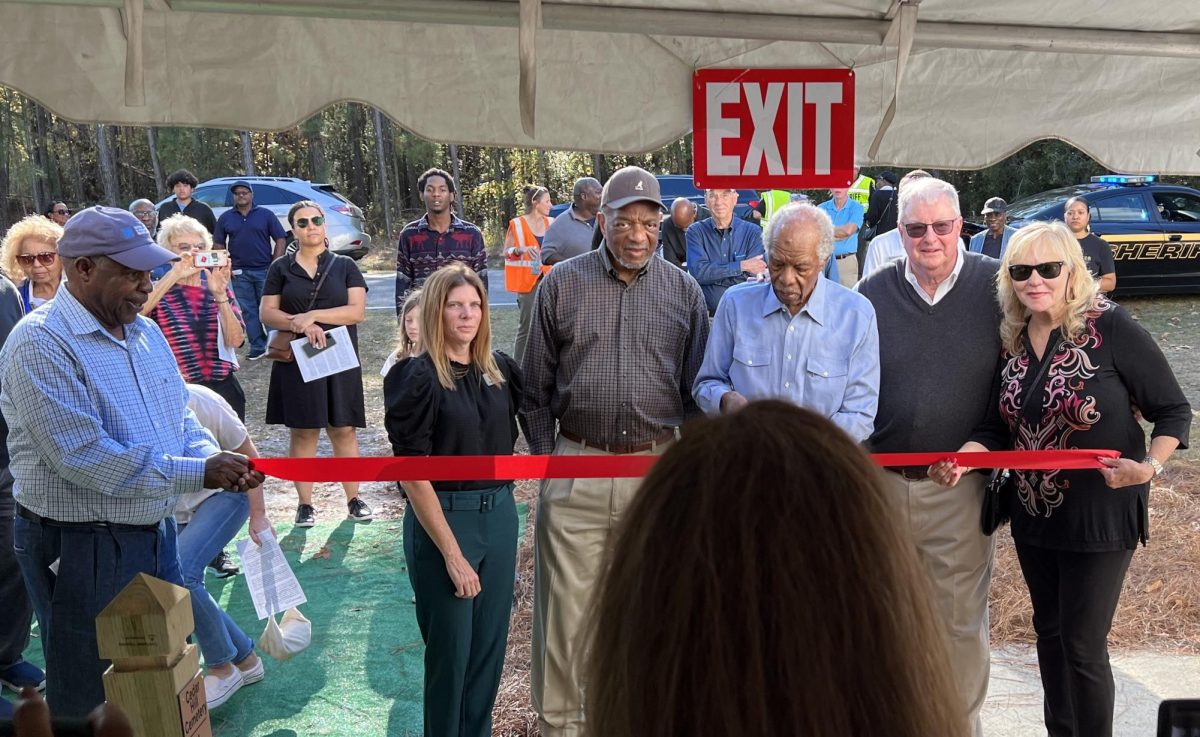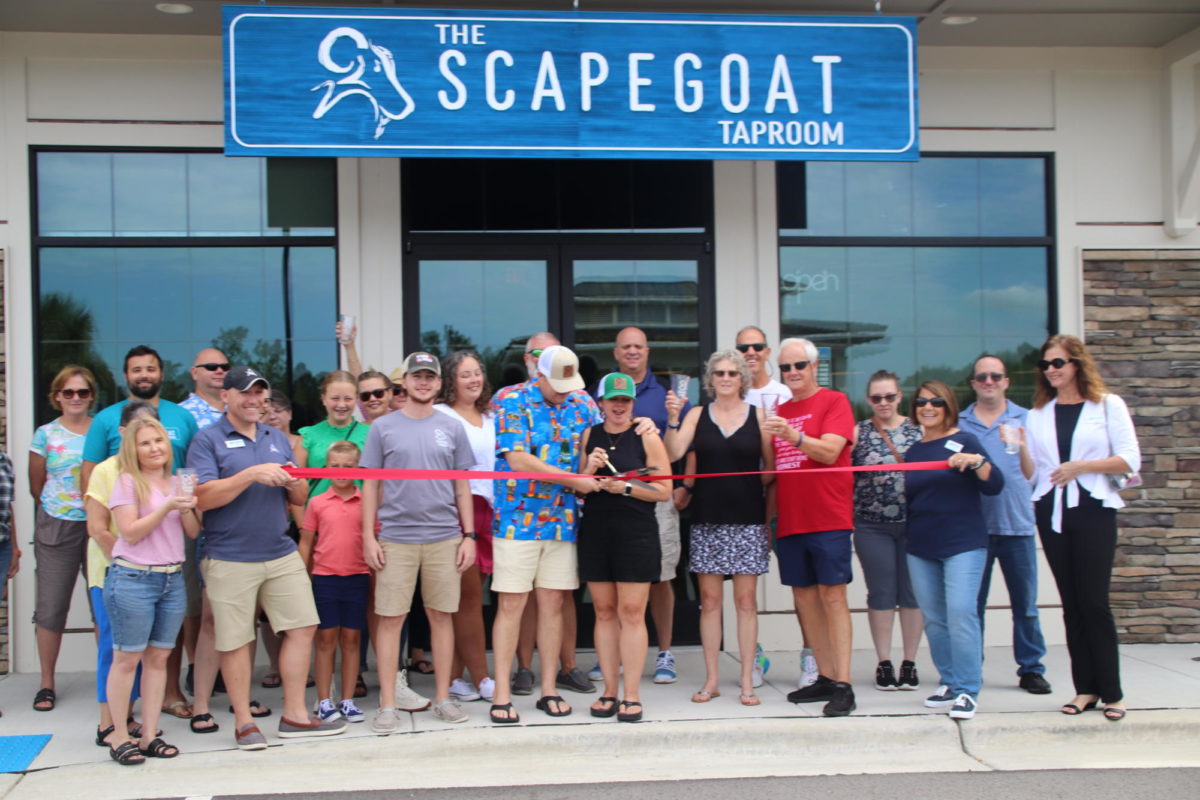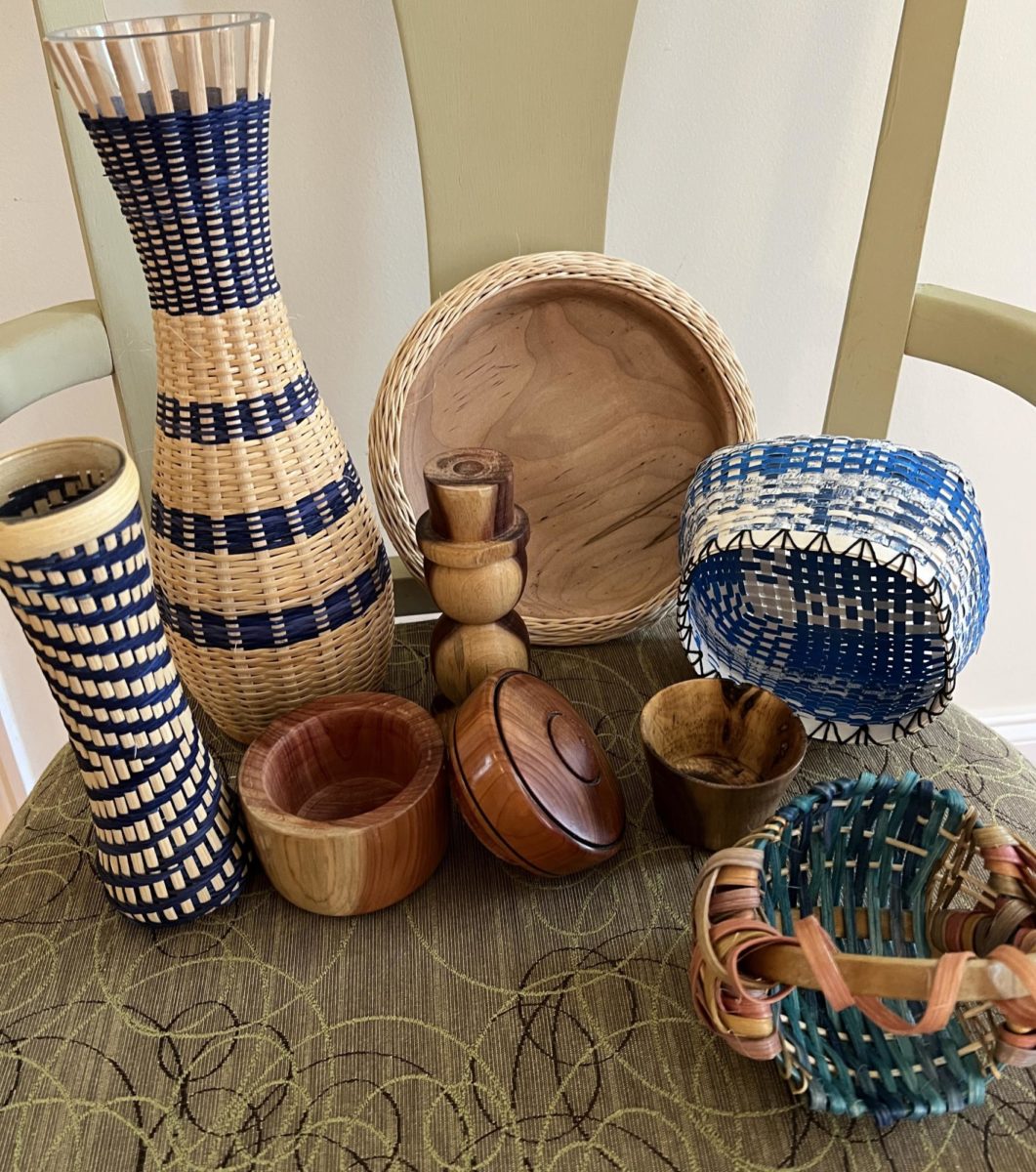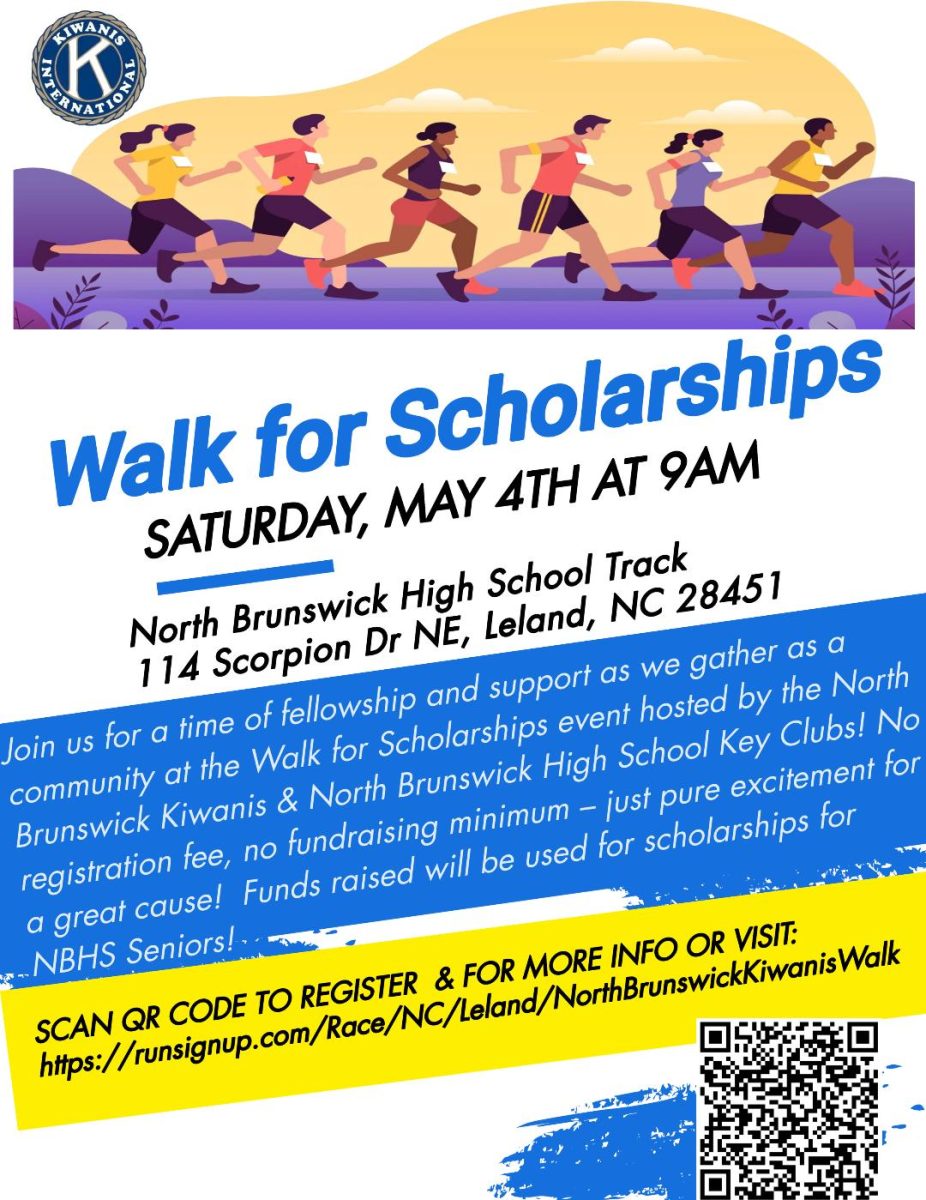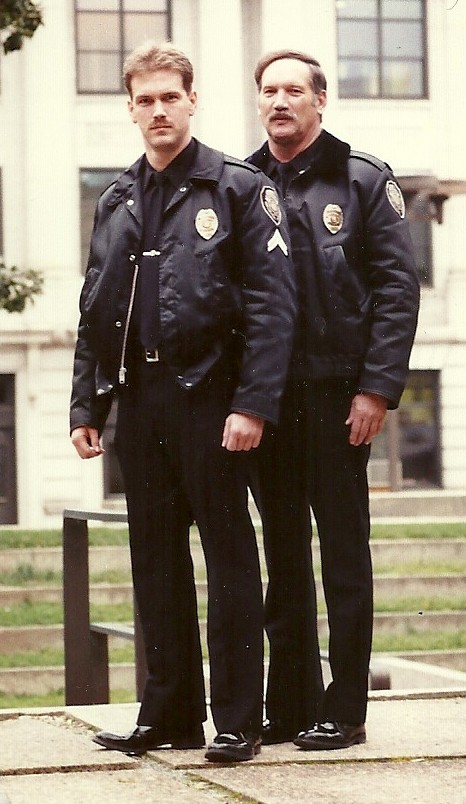Just a few years ago, a group of dedicated oarsmen and oarswomen formed Eagles Island Community Rowing and received non-profit status for their commitment to advance the sport of rowing and promote its importance to the local community, with particular outreach aimed at those in the surrounding area who are underserved and unaware of its health benefits and the natural and historical surroundings in which rowing takes place. You may have seen their boatyard at Brunswick Riverwalk Park, or perhaps been drawn to the quiet, steady progress as they rowed by on the Brunswick River, which is wide, beautiful, and largely protected from the wind. Belville’s park provides a premier gateway to an ecosystem rich in coastal flora and wildlife species.
Rowing and paddling is a time-honored tradition in the Cape Fear region out of necessity because its sandy and swampy terrain made traveling the waterways vital. Evidence from the paintings of the Lost Colony’s artist John White and findings by underwater archaeologists reveal that Native Americans were paddling as far back as 4,000 years ago. One discovered dugout canoe, hewn from a cypress log with fire and clamshells, was over 30’ long and carried dozens of people. European settlers brought plank-built, oar-propelled watercraft of all sizes from small skiffs to 50’ bateaus navigating far up North Carolina’s rivers. Ferries were rowed across every river and creek in the region, such as the Market Street ferry in Wilmington that transported goods and passengers, including George Washington, to destinations to the south and west.
But that was for work; what about rowing for sport and pleasure in this area? That goes back pretty far as well. Native dugouts were adopted for use in the local waterways and rowed by African Americans to carry produce and people from the plantation to city markets. The good old competitive spirit would rise when boats met and the race was on according to journal accounts from the antebellum south. This led to competitive regattas held on the waterfront of Charleston during the 1850s in which crews, both black and white from the Wilmington area competed. The prize purse for the day’s race featuring the largest boats, rowed by as many as ten oarsmen, was $500, a whopping $17,812.34 in today’s dollars! By the 1870s Wilmington was holding its own weekly rowing competitions that brought the whole town to the waterfront to revel in the excitement and wager their bets, much like today’s college and professional football games. By the mid-1880s, however, interests were drawn elsewhere, and rowing went by the wayside until the Cape Fear River Rowing Club came into being in 1989. The club continues today training and competing for regional regattas.
This brings us back to Eagles Island Community Rowing and their goal to engage the community in recreational rowing for the benefit of health and camaraderie. This is not a new idea as evidenced in a Wilmington Morning Star article that appeared on May 29, 1875: “A rowing club for our city is the newest with the endorsement of several gentlemen, great lovers of the many art of rowing, who appear to see more fascination in a long pull, a strong pull, a pull altogether, than in the excitement of a yacht race.” Negotiations are currently underway to create the Belville Community Aquatic Sports Center at Brunswick Riverwalk Park, which has the collective goal to provide physical activity and educational opportunities through rowing, as well as sailing and other non-motorized boating, for people of all skill levels. Hopefully, you will be able to join in soon!

